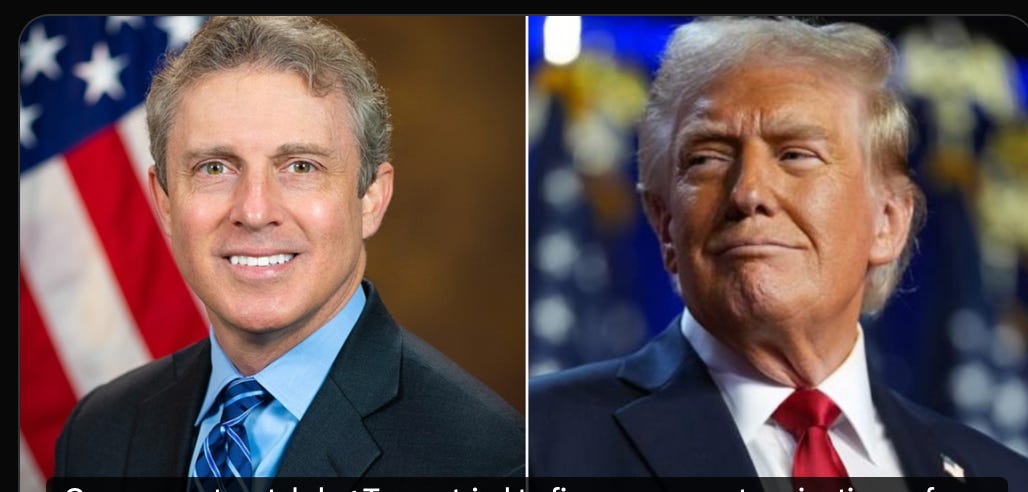The Fight Is On -- Trump Admin Goes "All In" To Eliminate Congressional Limits on Ability To Fire Appointed Officials
This is the key first step to bringing the "Bureaucratic State" firmly under the control of the Presidency -- but the bureaucrats won't go down easy.
Hat tip Margot Cleveland over at the Federalist for tracking — to the extent one person can — the dozens of challenges being filed in multiple courthouses to various Trump Administration Executive Orders. In our various posts on X we have both focused on a handful of the more significant cases to a greater degree than others because they raise issues involving how the Executive Branch does its business. The TRO/Injunction litigation in those cases presents an opportunity to reexamine some old Supreme Court decisions from the New Deal era where many components of the modern bureaucracy were first created.
Last week I wrote about the foundation being laid by the Trump Administration in a couple of cases to reverse the nearly 90 year old decision in Humphrey’s Executor v. United States, where the Supreme Court affirmed that a President could only remove a member of the Federal Trade Commission “for cause.” Each Commissioner was appointed by the President for a six-year term of office, and was subject to removal during that term only for "inefficiency, neglect of duty, or malfeasance in office." President Roosevelt fired Humphrey with four years remaining in his term, and provided no justification for doing so. The Supreme Court later upheld the limits in the statute — after Humphrey had died — and ordered that his estate be paid his salary for the period from his firing to his death.
Over the past century the Congress has created a whole series of quasi-independent boards and commission to carry out a variety of hybrid functions on the basis that the areas in which they operate are specialized, and appointed board members/commissioners with expertise in these areas are best able to carry forward the intentions of Congress. This has spawned the attack of the three and four letter agencies on the Executive Branch — FTC, SEC, ICC, NLRB, FCC, MSPB, etc. Some have a limited connection to a traditional Executive Branch Department, but Congress designed them to operate largely independent from the Department. Others, by design, are independent of any other Department.
But who do the heads of these agencies work for? The Trump Administration is flexing its own lawfare muscles to argue that the heads of these boards/commissions/agencies/offices, where they wield executive power to enforce the law, work for the President. Because they wield power that is derived from the President, they cannot do so without being accountable for their conduct to the President. The Trump Administration is arguing it is a separation of powers violation for Congress to limit a President’s ability to remove them from office, i.e., stop them from asserting the executive power they derive only from him.
Keep reading with a 7-day free trial
Subscribe to Shipwreckedcrew's Port-O-Call to keep reading this post and get 7 days of free access to the full post archives.




